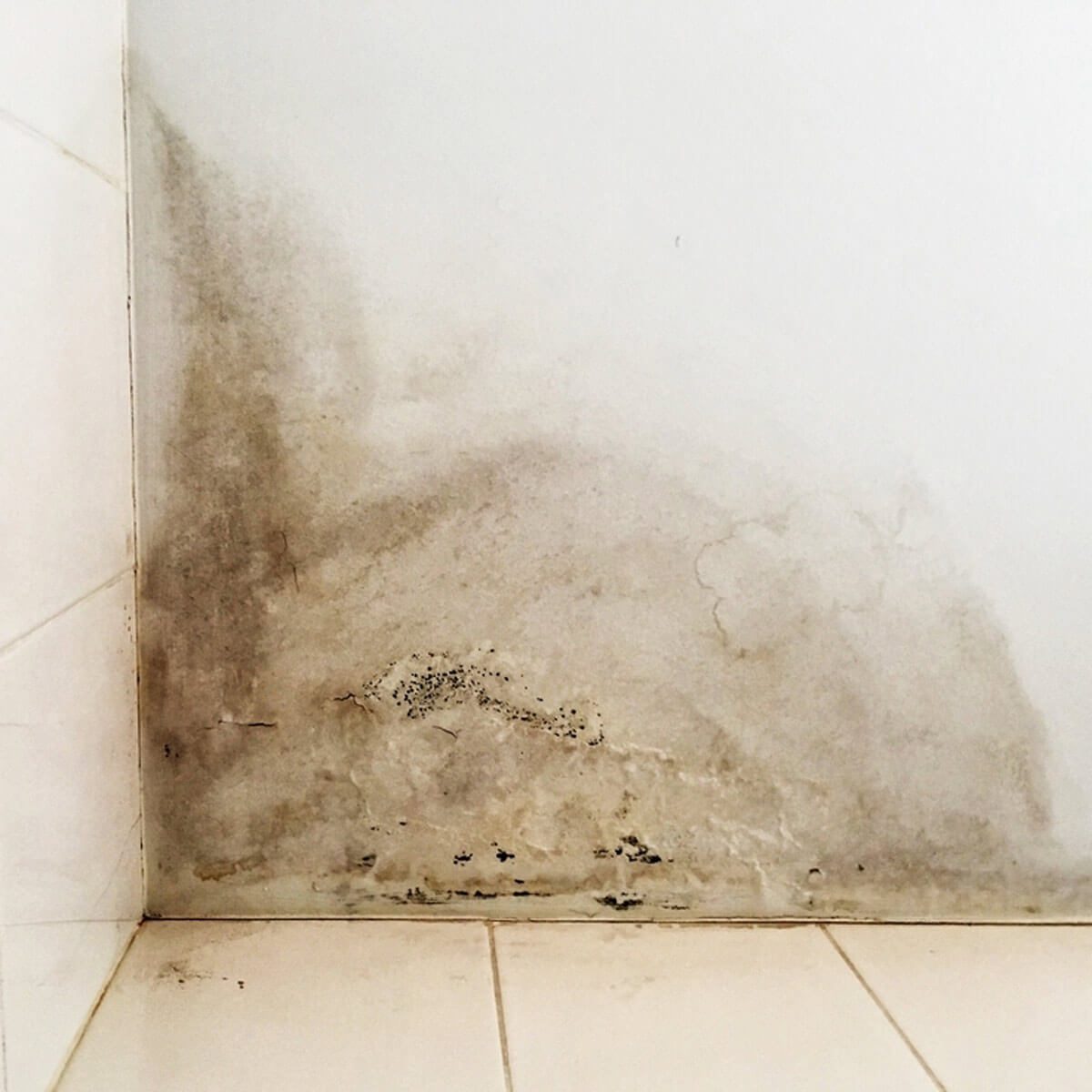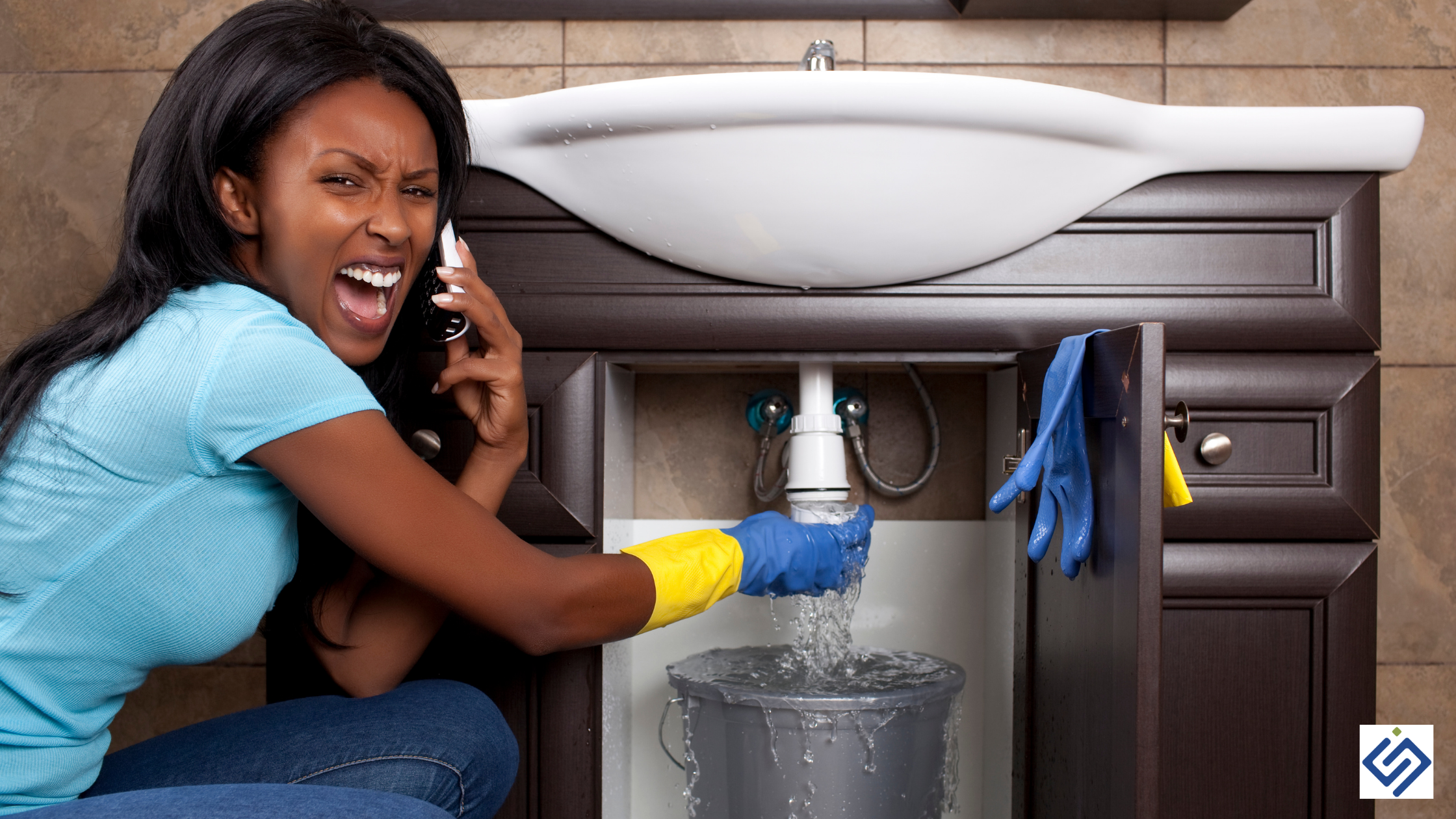What're your thoughts with regards to Common Causes of Water Damage in a Bathroom?

The bathroom is very vulnerable for damp accumulation and possible water damages because of the constant use water in it. This article uses straightforward evaluation strategies to help finding water damage dangers.
The constant use of water in the shower room makes it extremely susceptible for moist buildup and potential water damages. By evaluating it routinely, you can lower water related damages.
The complying with collection of inspections is simple to execute and ought to be done as soon as in every 3 months in order to keep your restroom healthy and also to prevent prospective water problems brought on by the bathtub, the shower, pipe joints and also plumbing, sinks, closets, as well as the commode
Do not forget performing these assessments and also be detailed while performing them. Keep in mind that these easy assessments can conserve you a great deal of money by providing early indicators for water damages
Bathtub and Shower
The shower and tub need unique interest and also maintenance. Inspect the floor tiles and also replace if split. Ensure that there is no missing out on grout between the ceramic tiles. Check and also change cracked caulking at joints where the walls satisfy the flooring or the bath tub. Obstructed drains pipes and pipes problems will stop the tub from drying out and also might show serious problems below the tub. Talk to an expert promptly to stop architectural damages. Take notice of stainings or soft locations around the bath tub wall surfaces as they might show an inner leakage.
Plumbing
Signs for water damages are difficult to find given that the majority of pipelines are mounted inside the wall surfaces.
Pay special attention to floor covering and also wall surfaces wetness and stains as they might suggest an undetectable plumbing problem. Examine dampness levels in adjacent spaces as well.
Sinks and also Cabinets
Sinks and also cupboards are exposed to dampness and also humidity daily and also are commonly neglected. Evaluate frequently under the sink and on the kitchen counter over it. Repair any kind of drip in the trap as it might recommend drain troubles. Browse the sink, slow draining pipelines might show a blocked drain. Change sink seals if they are split or loose.
The Toilet
The commode is an at risk water joint. Check the water lines and also look for leaks around the commode seat, in the tube, as well as under the water tank. If you identify any kind of indications of moisture on the flooring around the bathroom, check for leakages in the toilet rim and also storage tank seals.
Understand that hanging commode dish deodorants raises the possibilities for clogs.
Water Damage Signs In The Bathroom To Avoid Cleanup
Musty smell
This is one of the easiest signs to catch because musty smells are so odorous. The damp, earthy, moldy smell should be a big red flag. The smell will develop when moisture gets trapped in surfaces, and begins to facilitate mold growth. Leaking pipes under cabinets, inside walls, and behind shower fixtures will cause moisture to stay trapped and not dry, which will lead to mold growth and spread. As soon as you notice any musty smells in your bathroom, have it checked for hidden water damage and cleanup signs.
Visible mold
If the smell isn’t there to give it away, sometimes you will actually see mold growth. Finding mold in your bathroom is a serious problem, because mold is very harmful to your health. By the time mold growth is visible, it also means that water damage has already occurred and been present for some time. The only way the mold problem can be resolved is to find the source of the moisture and get it stopped. To safely and adequately remove mold, you need to have professionals handle the remediation. Do not waste any time in getting mold problems addressed, fixed, and sanitized so that you can protect you and your family from the many respiratory symptoms caused by mold exposure.
Damaged floors
Bathroom floors should be able to withstand some exposure to water while still remaining in good condition. However, when excess exposure or water leaks occur, they will begin to damage even the most water-resistant flooring. If you notice any cracking, bubbling, staining, or warping on your bathroom floors, there is probably a water leak somewhere causing the distortion. If you notice areas of the floor have become softer, or even have a spongy feeling, there is probably damage to the subfloor. Subflooring is typically made up of plywood. When plywood is exposed to water or moisture, it will absorb it. Once it has become saturated, the weight of the excess water will cause the wood to swell and soften. Check the floors in your bathroom frequently to catch any of these sings before they lead to damaged subflooring.
Changes on walls
When water leaks behind walls, it will cause changes in the drywall. Peeling plaster, blistering paint, and soggy wallpaper are all good indicators that excess water is building up behind the wall. Water leaking behind drywall will cause it to swell and be soft to the tough. If you start to notice gaps along the trim of your walls, or where tile meets the wall, it could also be a strong indicator that there is a leak behind the wall. Any changes, distortion, or damage on the walls should be evaluated as soon as you notice it to prevent further water damage and cleanup.

Do you like reading about Preventing Water Damage in the Bathroom? Create a remark below. We'd be delighted to listen to your views about this blog. We hope that you visit us again in the near future. Sharing is caring. Who knows, you may very well be doing someone a favor. Thank-you for taking the time to read it.
Set Up An Appointment